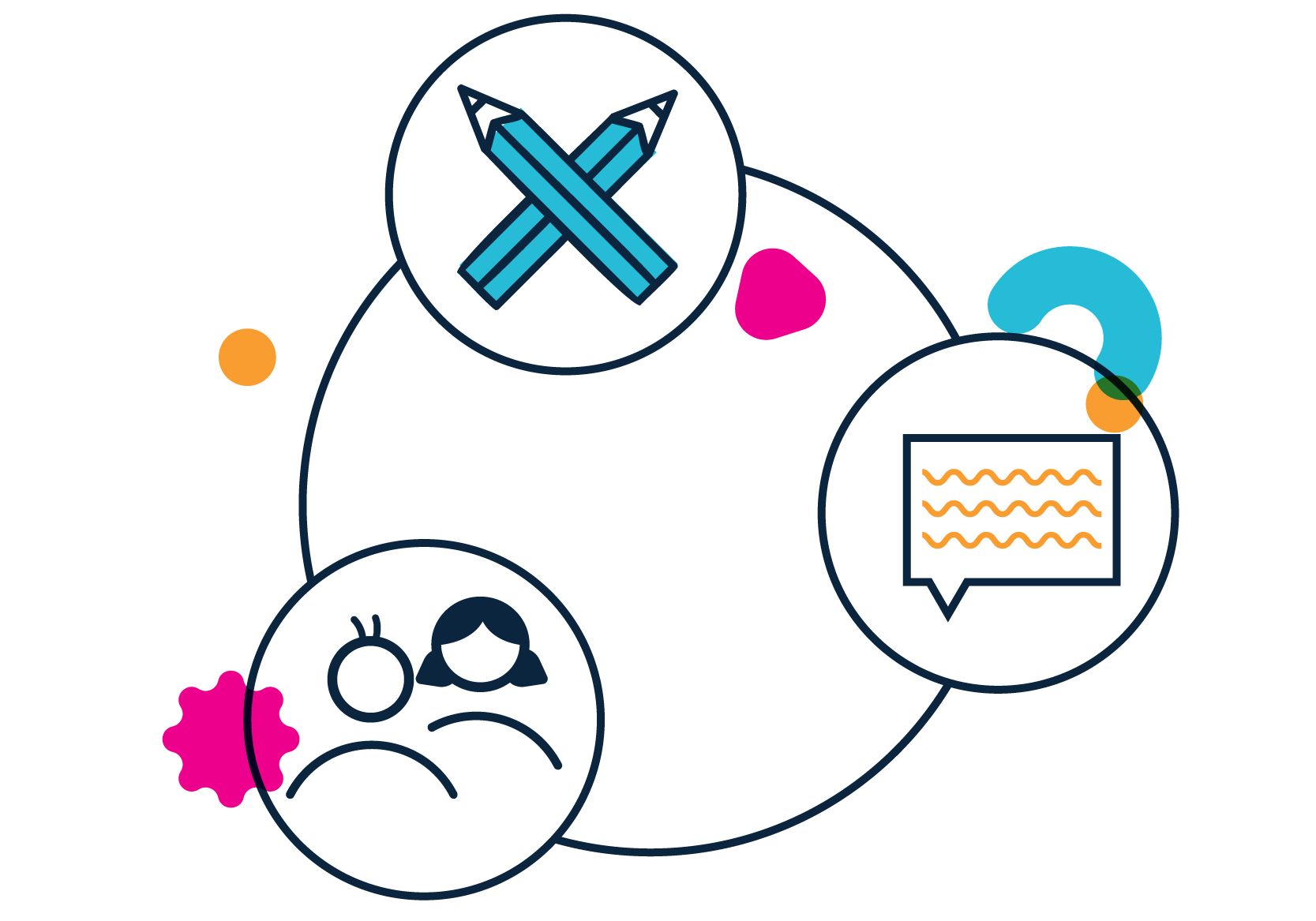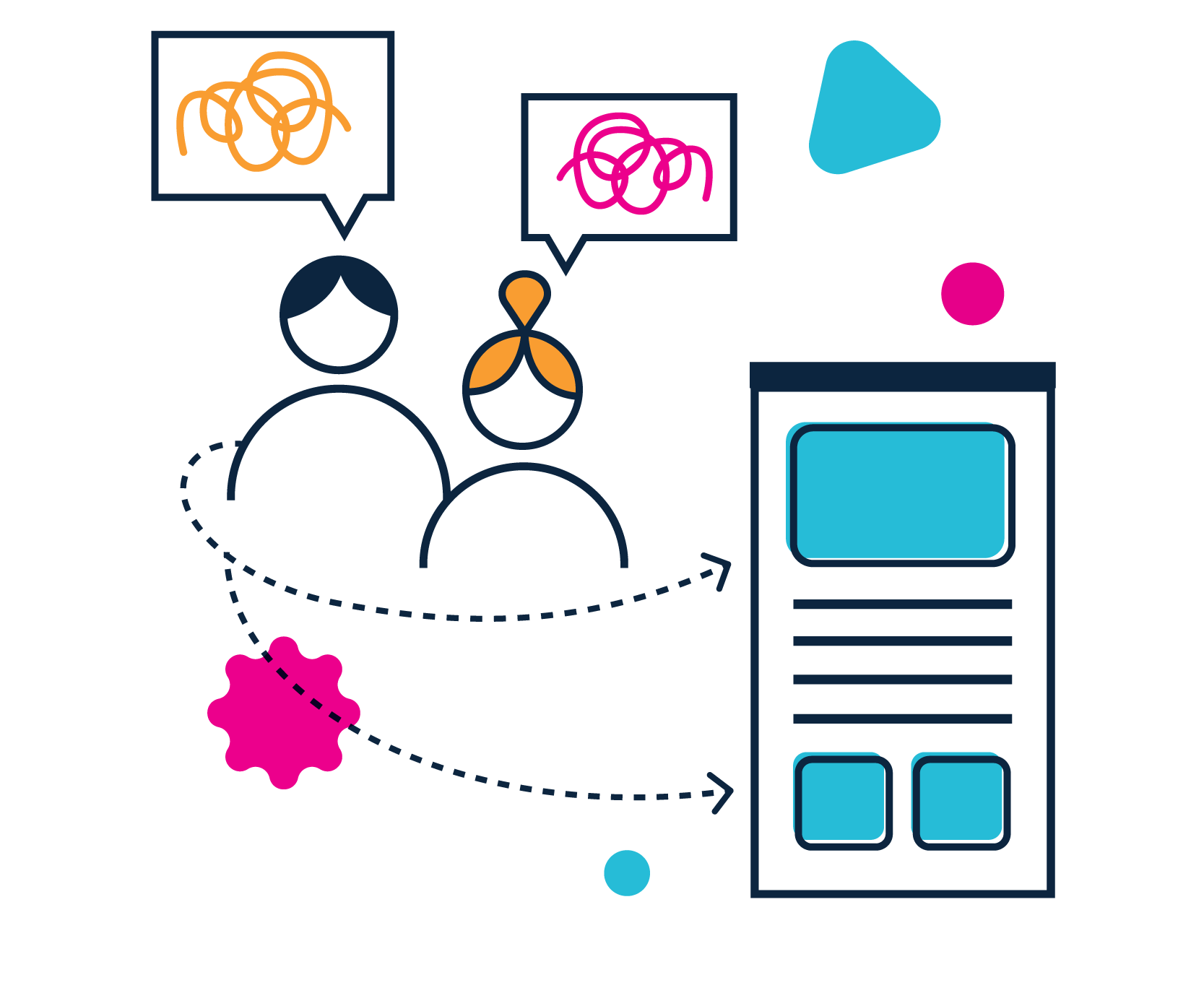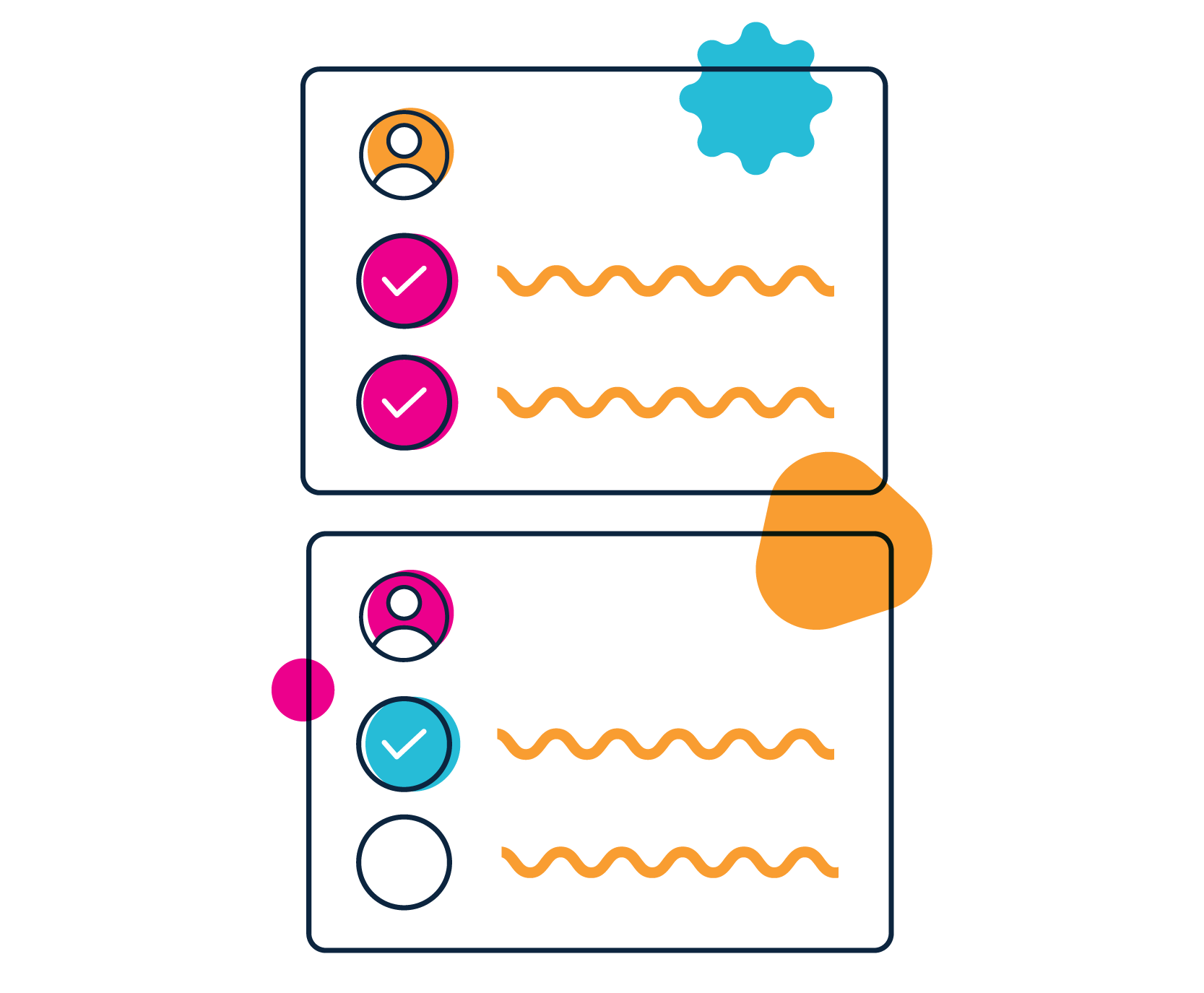Bring children’s views into the design process
This section outlines the importance of involving children in the design process so that your service meets their needs and has their best interests at heart.
Involve children to check designs are accessible and understandable
Choose methods that are appropriate for your specific context and scale of your product. This might include:
- Conducting user research with children to learn about their needs and test draft designs.
- Running co-creation workshops to involve children directly in design decisions.
- Collaborating with child development experts to review designs and consider children’s best interests.
Use insights to support your design decisions. Work with your data protection team to include insights in data protection documents, such as data protection impact assessments.


Test privacy information with a representative sample of children to check it is understandable.
Plan engagement throughout the design process
Engage with a representative sample of children at key moments in the design process:
- Concept development - get early input on new ideas before they are produced.
- Prototyping and research - test draft designs to check they are accessible and understandable.
- Implementation - give ways to provide feedback in the service by providing ‘I don’t understand’ options.
Choose engagement methods that are safe and age-appropriate
Design a research approach that prioritises children’s safety and wellbeing and ensures they can contribute meaningfully.
Identify and manage any potential risks to young participants. Balance the needs of the research with the need to protect children from harm.
Explore ways to introduce play and non-verbal communication into design research approaches for younger children.


Don’t engage with children as a tick-box exercise
Ensure you engage with children with the intention of incorporating their views and needs into the design.
Design age-appropriate methods of engagement to make sure children can meaningfully contribute and feed into the design of products.
- Have you planned how you’ll bring children’s views into your design process?
- Have you chosen engagement methods that are safe, age-appropriate and impactful for your project?
- Have you ensured insights from research with children and parents influence design decisions?
- Have you captured research insights in your data protection impact assessment?

Explore more themes

Meet children's needs as they change over time
This section outlines how to design privacy information that meets children's needs as they grow and develop.

Find the best moments to engage children with privacy information
This section outlines how to find the right time to engage children with privacy information and understand what happens to their personal data.